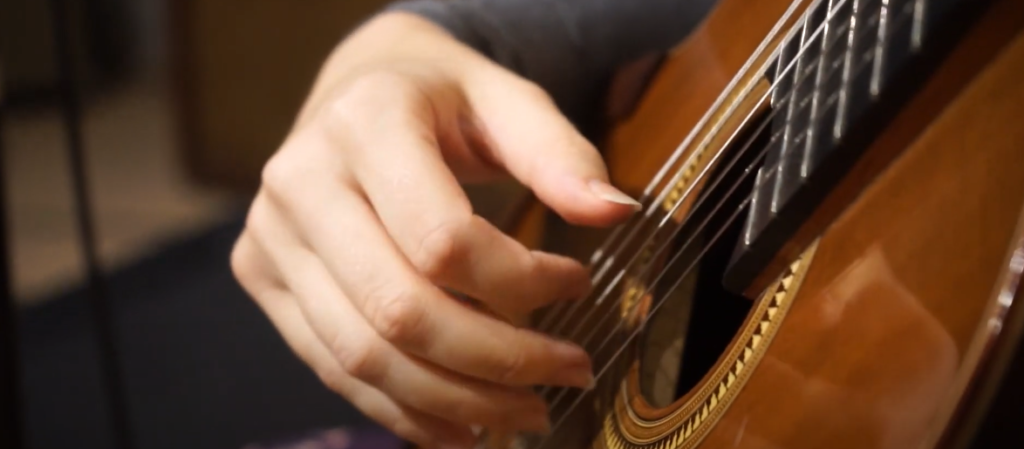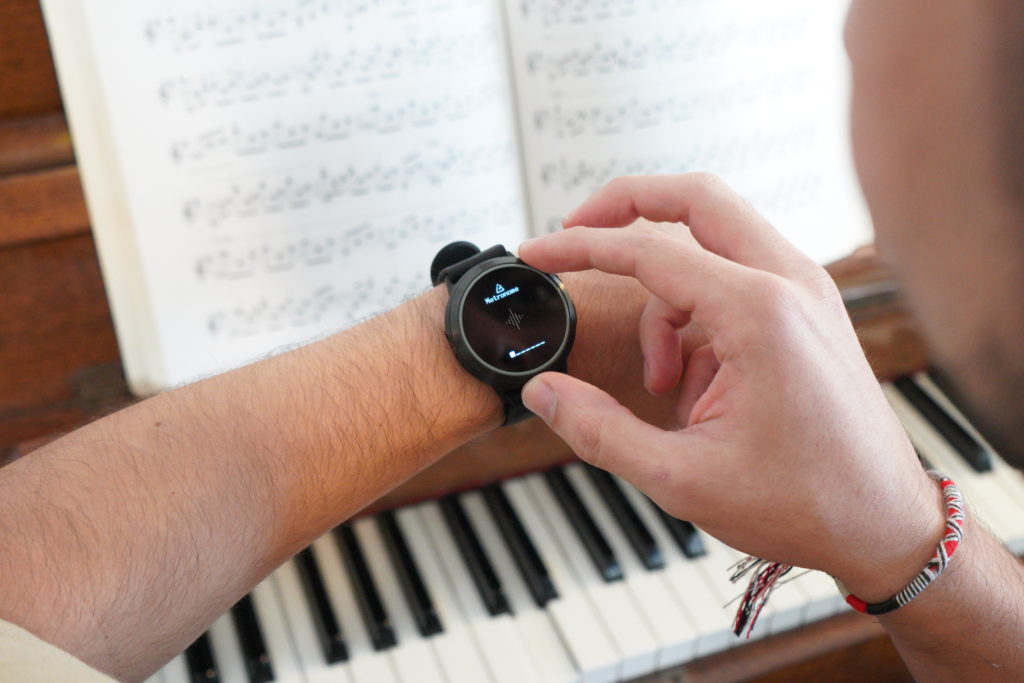
At some point, every musician has heard about this gizmo called a metronome and probably also the wonders that it can do for your instrument practice. This post is divided in three parts as it is quite extensive. Overall, the three parts will cover the compelling reasons to use a metronome, metronome exercises for guitar, how you can use it to practice rhythm subdivisions, improve your internal timing or increase speed (if that’s your thing), among some other great benefits.
Although these tips are aimed at guitar practice, they can be used and applied to other instruments as well. So, if you’re not too familiar with a metronome and how to properly use it, this post is for you.

First and foremost, practicing with a metronome will dramatically improve your internal timing. This is extremely important when playing with other people and this will positively impact your musicianship level. Here are some bullet points that illustrate the benefits you can reap from your hard work with a metronome:
These are some examples that stick out the most, although there are many other. Neglecting your metronome practice doesn’t mean that you won’t be able to play at all. But it is also true that not practicing with a metronome may harm your musical progression.
Anyway, if your internal timing is already great, this mainly means that you have learned how to use certain musical cues to guide your time keeping. The ones you internally generate but more likely from the musicians you are playing with. All that said, time keeping consistency is what you want as a musician, with the help of a metronome.
As mentioned, practicing with a metronome helps you develop the ability to feel the beat associated to the music that you’re playing. But also, to have a sense of how each beat can be subdivided, depending if you are playing eighth notes, sixteenth notes, triplets, or whatever other subdivision you may be working on.
Having a basic knowledge of what a measure and time signatures are is also important. Very briefly, measures are like music sections, whose boundaries are represented by vertical lines in a staff, which contain a certain number of beats. In turn, the number of beats per measure is indicated by a time signature. So, if you see a 4/4 time signature, it means that you have 4 beats per measure; a 5/4 time signature, 5 beats per measure; and so on.
Now that you know this, there are different types of metronomes and the functionalities that they have. The core is the same in all of them, which is to produce a “tick” sound for each beat and control the speed at that it ticks. Older mechanical metronome models only make identical “tick” sounds but this makes it harder for you to know where you are. Newer models produce and accent “tick” sound that can also have a change in pitch to indicate the beginning of each measure. This makes it easier to figure out where you may have missed a beat.

My suggestion is that you start with phone app metronomes because you can always have a metronome on you. The Metronome app by Soundbrenner is an awesome metronome app as you can do all sorts of tempi, time signatures, customize accents, save the tempo of the songs you are practicing and even make playlists. All in all, an excellent companion tool for your music practice. If audio “ticks” are not your thing, Soundbrenner has got you covered as well. Many musicians prefer to feel the beat vibrations rather than hearing them and Soundbrenner Pulse and Core deliver just that. This is a wearable metronome that helps you develop your internal timing, connects with the app, can be a tuner and with so many other functionalities that will make your time worth for just checking it out.
Learning about rhythm and developing a good internal timing is something that can be learned and developed overtime, and a consistent guitar metronome exercises forces you to pay attention to where the beat is and how all the notes are being played in relation to each beat. Oddly enough, sometimes this means stepping away from the guitar a bit and take your time with the metronome. You can try this, if you are on a beginner level and having trouble with time keeping:
As strange as it may sound, because you are not playing an instrument per se, as you practice this you are fine-tuning your movements to synchronize yourself with the beat and in no time, you will start feeling the beat in a more natural way. This is paramount for your instrumental practice as you are developing motor skills accuracy and a sense of steady tempo. The next step is to transfer this skill to the guitar.

Being consistent with tempo without rushing or falling as you play, means that you have a good internal clock. Bad internal timing can be more noticeable when playing alone, because there are no other musical references for beat.
Consider this scenario:
While the metronome is “ticking”, it’s providing you with that beat guidance and you are doing fine but as soon as you turn it off, you get back to dragging or rushing. If this is your case when, here is how you can work on this issue:
Using this approach will give you less reference points that you can use for guidance, but just enough that you are able to know if you are dragging or falling behind tempo. However, if you usually have trouble following the metronome click as it is, this probably isn’t in the cards yet. You should instead focus on getting better at using the metronome with as much reference as possible. Practice clapping or playing on the beats, then slowly introduce beat subdivisions. This and more will be discussed in part two of this post so, stay tuned.
About the author:

Pedro Murino Almeida is an Award-Winning composer with the musical project Follow No One, expert musician and experienced music teacher. He maintains a blog called Beyond Music Theory with the aim of providing tools and instruction for beginning to advanced music students and those wishing to learn about music theory, how to use it and improve their songwriting and music production skills.
Soundbrenner is a company dedicated to helping musicians stay focused on what truly matters: their music. By creating innovative devices, such as Soundbrenner Pulse and Core, our goal is to deliver the best possible practice experience for musicians. Click here to find out more.
Got a question about Soundbrenner wearables? Reach out to us at [email protected], we’re happy to help!